I had one more stop on my first day in Birmingham. After visiting the Legacy Museum I hopped on the free shuttle and took the five-minute air-conditioned ride to the National Memorial for Peace and Justice. This is another place that I find difficult to describe in words. This centerpiece of this sacred place memorializes the victims of thousands of racialized lynchings that occurred in the United States between 1877 and 1950.

The memorial also includes sculptures and text to teach about the journey from slavery to racialized terror to the current issues of police violence and mass incarceration of African Americans.

Racial terror lynching was a tool used to enforce Jim Crow laws and racial segregation—a tactic for maintaining racial control by victimizing the entire African American community, not merely punishment of an alleged perpetrator for a crime.
“Lynching in america” – equal justice initiative
Volunteers have collected soil from thousands of documented lynching sites.


Two walls displayed the reasons for specific lynchings.
There are very few monuments or memorials that address the history and legacy of lynching in particular or the struggle for racial equality more generally.
“LYNCHING IN AMERICA” – EQUAL JUSTICE INITIATIVE
Walking through the memorial, one is immersed in the experience.








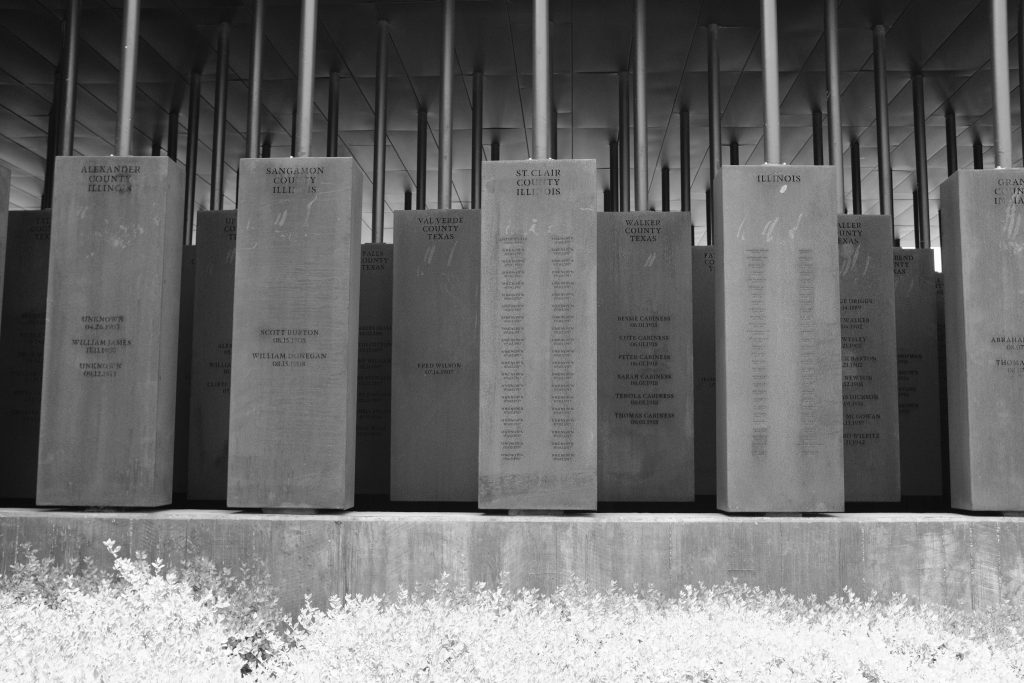

Of all lynchings committed after 1900, only 1 percent resulted in a lyncher being convicted of a criminal offense.
“LYNCHING IN AMERICA” – EQUAL JUSTICE INITIATIVE
The following poem is engraved on a stone near the exit to the memorial site.
Invocation - Elizabeth Alexander The wind brings your names. We will never dissever your names nor your shadows beneath each branch and tree. The truth comes in on the wind, is carried by water. There is such a thing as the truth. Tell us how you got over. Say, Soul I look back in wonder. Your names were never lost, each name a holy word. The rocks cry out— call out each name to sanctify this place. Sounds in human voices, silver or soil, a moan, a sorrow song, a keen, a cackle, harmony, a hymnal, handbook, chart, a sacred text, a stomp, an exhortation. Ancestors, you will find us still in cages, despised and disciplined. You will find us still mis-named. Here you will find us despite. You will not find us extinct. You will find us here memoried and storied. You will find us here mighty. You will find us here divine. You will find us where you left us, but not as you left us. Here you endure and are luminous. You are not lost to us. The wind carries sorrows, sighs, and shouts. The wind brings everything. Nothing is lost.

Thank you to Fund for Teachers for making this trip possible. This year, Fund for Teachers offered a new program, Innovation Circle grants, to assist previous fellows to “identify problems of practice, design personal learning experiences, and commit to navigating implementation with a cohort.” I am excited to be a part of the Equity Circle. My project will take me to Montgomery, Birmingham, and Selma, Alabama to research the history of racial inequity and economic justice in order to design lessons for a middle school Ethnic Studies course that facilitates students’ connections between past injustices and systemic racism that exists today.





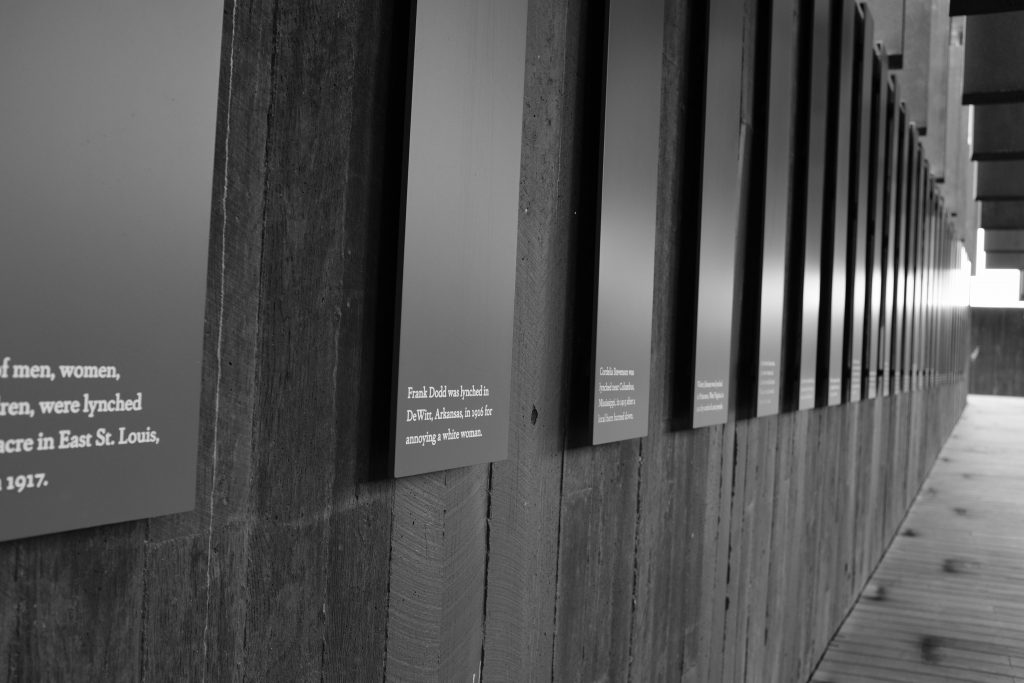











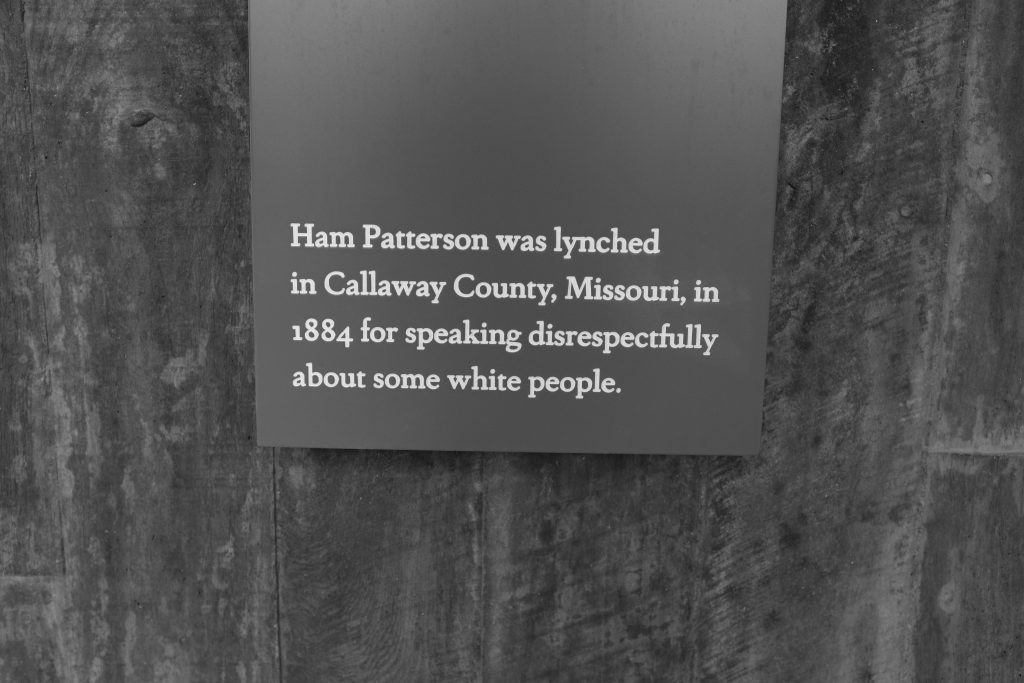



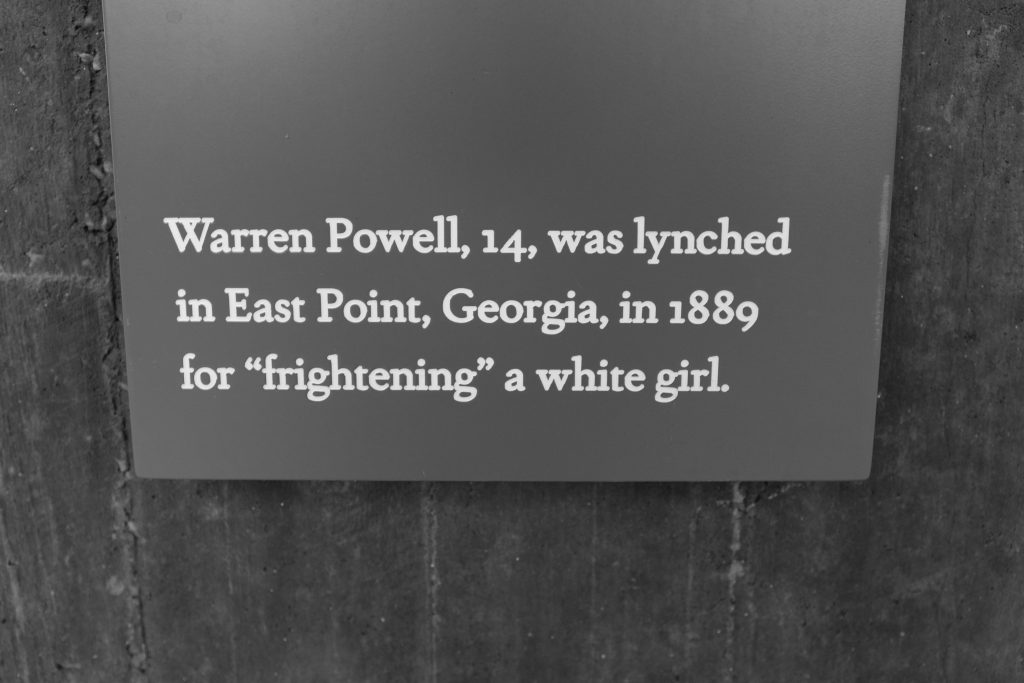





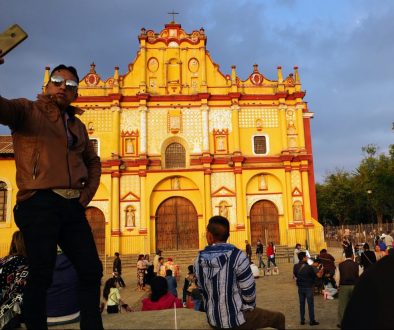

June 26, 2021 @ 17:39
So moving….thank you, Tim.
June 27, 2021 @ 06:22
As always, so powerful and moving!
June 30, 2021 @ 19:59
Thanks, Paula.
June 27, 2021 @ 07:27
What an amazing experience. The black and white photos capture the mood perfectly.
June 30, 2021 @ 19:59
Thanks, Elaine.
June 27, 2021 @ 23:49
I felt like I walked through with you … keep teaching
June 30, 2021 @ 20:01
Thanks as always, and thanks for getting me at the airport.
June 29, 2021 @ 17:38
What an experience, very well written- thank u for sharing.
June 30, 2021 @ 20:04
Great to hear from you, Linda!